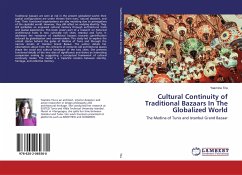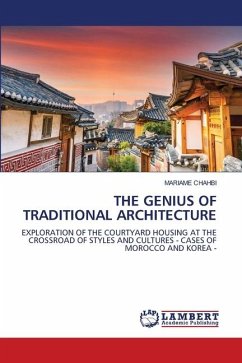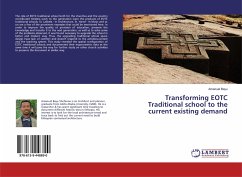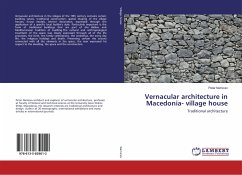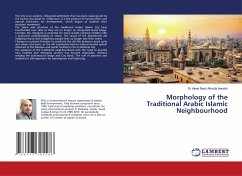Traditional bazaars are seen at risk in the present globalized world; their spatial configurations are under threats from wars, natural disasters, and fires. Their functional organizations are also mutating due to prerogatives of the capitalist world. However, they still reflect an undying identity. They still symbolize an engraved cultural memory through architectural traits and spatial experiences. This book covers part of a research on historical architectural traits in two culturally rich cities; Istanbul and Tunis. It addresses the resistance of traditional bazaars towards gentrification induced by globalization and commercialism. This study led to explore the untold stories behind the gates of Medina of Tunis and through the narrow streets of Istanbul Grand Bazaar. The author details her observations about how the remnants of centuries old architectural spaces shape the social and cultural landscape of the two cities. She presents functional details of the two sites of significance and draws an interesting comparison ending by suggesting a conceptual framework of cultural continuity model. The model is a tripartite relation between identity, heritage, and collective memory.
Bitte wählen Sie Ihr Anliegen aus.
Rechnungen
Retourenschein anfordern
Bestellstatus
Storno

